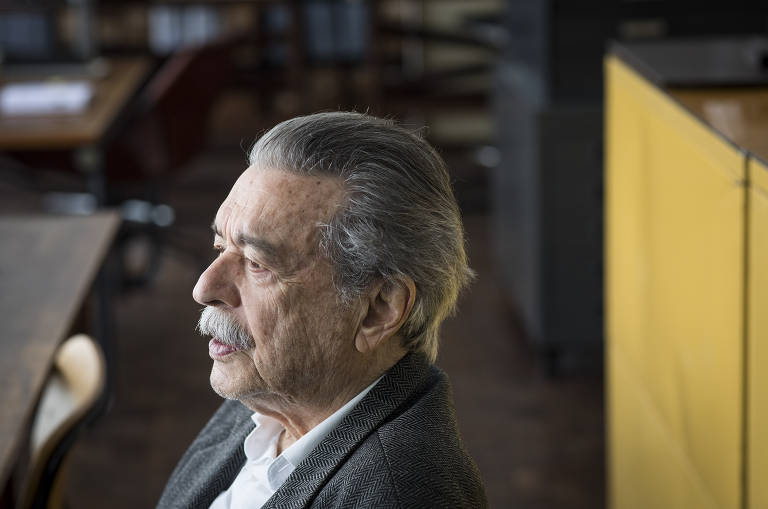About to turn 90 years old in October, architect Paulo Mendes da Rocha remains intrigued with the world. He doesn't surrender to nostalgia even if this would be justified by his age and his professional achievements.
His works are celebrated all over the world. For many architects, young and old, to catch a glimpse of him in the corner of streets General Jardim with Bento Freitas, in downtown São Paulo, as he comes and goes from his office, is the same as seeing a saint crossing the street.
Such beatifications go to the people who barely know him. Mendes da Rocha doesn't feel comfortable with such demonstrations, even if they are warranted by an impressive list of awards: the Pritzker Prize, also known as the "Architecture Nobel", and more recently the Venice Biennale Golden Lion for lifetime achievement, in 2016.
All these honors confirm Mendes da Rocha as the most important Brazilian architect alive. His career started to take off in 1958, when he won the contest to build a gymnasium in a prestige São Paulo sports club.
From then on, he kept leaving his mark on the city, with projects such as MuBE (Brazilian Sculpture Museum), Patriarca Plaza, and the renovation of Pinacoteca do Estado, one of the most important art museums in Brazil. Last year, he inaugurated his most recent project, community center Sesc 24 de Maio, which offers, right in São Paulo's grey downtown, spaces for sports practices and culture activities, a well as a reconciliation of São Paulo residents with water, in the form of a huge swimming pool in the building's rooftop.
This relationship with earth and water is the foundation of a retrospective in Itaú Cultural organized by two of his students, architect Martin Corullon and art critic Guilherme Wisnik. Among the works in the exhibition, there are sketches of a megacity by Tietê's riverbank, as well as proposed interventions in the bays of Vitória, in the state of Espírito Santo, and Montevideo, in Uruguai.
Some projects also clearly show Mendes da Rocha's emotional bonds, like designs by his father, who proposed a canal to connect the basins of the Amazon and the La Plata rivers.
Translated by NATASHA MADOV
Read the article in the original language
